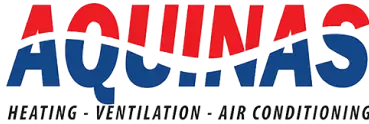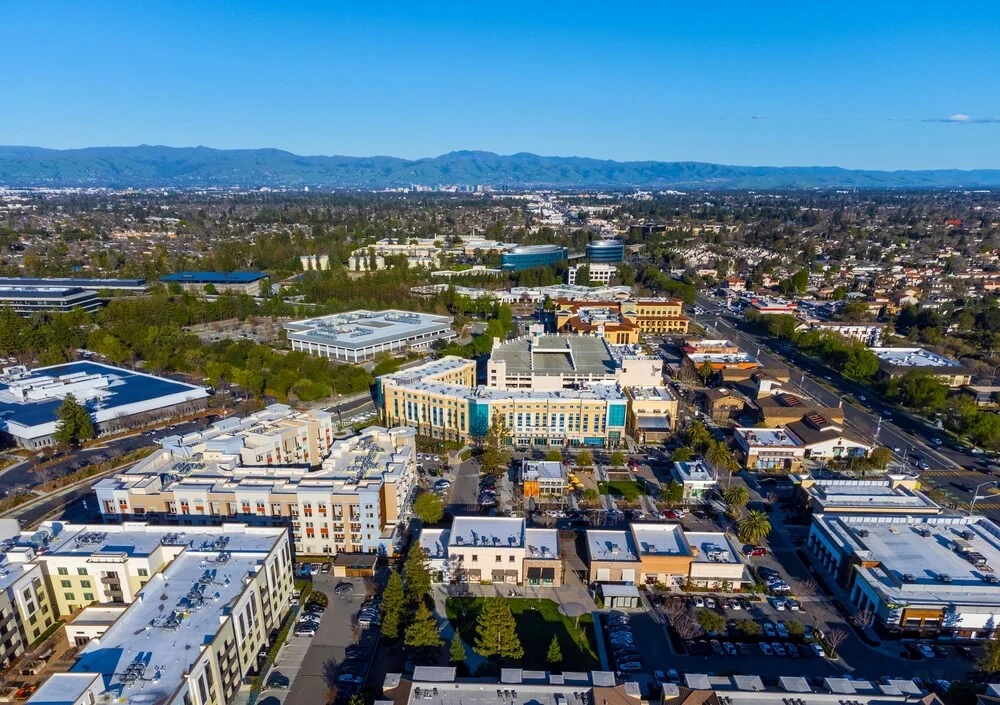Commercial HVAC in San Jose: Adapting Systems to Bay Area Microclimates
Managing commercial HVAC systems in the Bay Area is unlike managing them anywhere else. Property managers in San Jose and Santa Clara face a unique mix of challenges: microclimates that shift from foggy and cool to hot and dry within miles, aging building infrastructure, and some of the strictest energy regulations in the country. These realities mean that systems must do more than turn on and off—they must adapt, stay efficient, and keep tenants comfortable.
For apartment complexes, retail centers, and office buildings alike, meeting these demands requires a strategy that balances comfort, compliance, and operating costs.
The HVAC Challenge of Bay Area Microclimates
Coastal vs. Inland Conditions
In the Bay Area, a 20–30° temperature swing between neighborhoods is not unusual. A retail store in Santa Clara may need air conditioning to offset inland heat, while just 15 miles away, a commercial property in Redwood City might require steady heating during cool, damp mornings. Meanwhile, properties in Milpitas contend with hot inland summers that require reliable commercial HVAC services to maintain both comfort and efficiency.
Impact on Commercial Properties
Commercial tenants generate additional challenges. Office buildings packed with computers and servers create constant internal heat loads. Retail centers in San Jose experience cooling challenges from bright lighting and heavy customer traffic. Businesses in nearby Campbell face similar demands, and our commercial HVAC services in Campbell help property managers reduce energy bills and maintain consistent comfort.
Multi-Family Comfort Needs
For apartment complexes, the stakes are even higher. A tenant in an older Sunnyvale apartment might complain about inadequate cooling during a late-summer heat wave, while residents in older Santa Clara units face drafty rooms in cooler evenings. Professional heating services and cooling services help property managers deliver comfort that matches these localized demands—reducing complaints and improving retention.
Upgrading Aging Systems in Multi-Family Housing
Challenges in Older Infrastructure
Many multi-family HVAC systems in San Jose apartment buildings date back decades, relying on outdated equipment that struggles to meet today’s standards. Their HVAC systems often run on outdated equipment that struggles to meet today’s standards. Limited ductwork, insufficient electrical capacity, and poor system design make consistent comfort difficult and create high maintenance costs for property managers.
Benefits of Modern Multi-Family Installations
A modern HVAC installation for multi-family units in San Jose changes the equation. Centralized or zoned systems distribute heating and cooling more evenly, provide energy savings, and ensure that every unit maintains stable comfort. For tenants, it means fewer hot nights and cold mornings. For property managers, it means fewer repair calls and more predictable expenses.
The Role of Retrofits
Full replacements aren’t always feasible, especially in occupied buildings. That’s where system upgrades and retrofits come in. Retrofitting allows property managers to integrate new, efficient equipment with existing infrastructure. A 1960s apartment building in downtown San Jose, for example, can be retrofitted with ductless mini-splits to bypass aging ductwork while still improving performance. These upgrades extend building life, cut energy costs, and create healthier indoor environments.
Energy Efficiency and Compliance
Why Title 24 Matters
California’s Title 24 building standards set the bar for HVAC performance. Every major upgrade or installation must meet strict efficiency requirements, covering everything from system design to equipment selection. For property managers, compliance isn’t just about avoiding penalties—it protects long-term investments by ensuring systems won’t be outdated the moment regulations tighten further.
Energy Efficiency Upgrades
Modern solutions like high-SEER air conditioners, advanced heat pumps, and smart controls are now the expectation across the Bay Area. Pairing these upgrades with routine commercial HVAC service in the Bay Area keeps systems operating at peak efficiency, reduces energy use, and extends equipment life.
Incentives for Property Managers
Communities such as Palo Alto place a strong emphasis on sustainable building performance. Property managers who invest in commercial HVAC services in Palo Alto can take advantage of local rebates and statewide incentive programs that encourage efficiency upgrades. These improvements not only ensure compliance with California’s strict energy standards but also help reduce operating costs and maintain comfort across offices, retail centers, and other commercial properties.
Emergency Preparedness in Dense Buildings
Risks of HVAC Failures in Apartments
When an HVAC system fails in a high-density apartment property, the impact can be immediate and severe. A sudden September heat wave in San Jose, for example, could leave hundreds of tenants without cooling—raising both safety concerns and tenant frustration.
Importance of Maintenance Programs
Maintenance programs give property managers peace of mind. With ongoing servicing, technicians are already familiar with the property’s layout and system details, which shortens repair times. Professional emergency repairs backed by a a regular maintenance program reduces downtime, protects tenant comfort, and minimizes financial losses.
Keeping Business Operations Stable
Commercial tenants face similar risks. A failed cooling system in a Santa Clara office building can quickly disrupt operations, forcing employees to work in uncomfortable conditions and slowing productivity. For retail businesses, an HVAC outage can drive customers away. Rapid-response service is not just convenient—it’s essential. For light commercial buildings like small office buildings and retail stores, reliable light commercial HVAC services ensure continuity during emergencies and minimize downtime for tenants.
Balancing Comfort and Budgets in Multi-Family Buildings
Tenant Expectations
Tenants expect reliable comfort as part of their rental agreement. Inconsistent heating or cooling is one of the fastest ways to generate complaints and increase turnover.
Rising Energy Costs
At the same time, property managers face rising utility expenses. According to recent reports, average summer electricity demand in California has climbed steadily over the past decade. For managers, this means even efficient systems can strain budgets during peak months.
Optimizing HVAC Investments
The solution lies in strategic planning. Aquinas HVAC works with property managers to design systems that deliver both comfort and cost control. From multi-family HVAC cooling systems in San Jose to heating services for dense housing, Aquinas focuses on long-term stability—ensuring that upgrades pay off in both tenant satisfaction and operational savings.
Conclusion
The Bay Area’s microclimates, aging housing stock, and energy regulations create challenges that can’t be solved with generic HVAC solutions. Success depends on systems designed for flexibility, efficiency, and resilience.
Aquinas HVAC helps property managers in San Jose and Santa Clara adapt with confidence, offering expert HVAC installation, system upgrades & retrofits, reliable heating services, efficient cooling services, and rapid emergency repairs.
Discover how we can support your property’s needs by visiting our Santa Clara location page.
Related: See how property managers in Orange County and San Diego are addressing similar HVAC challenges in their regions.

